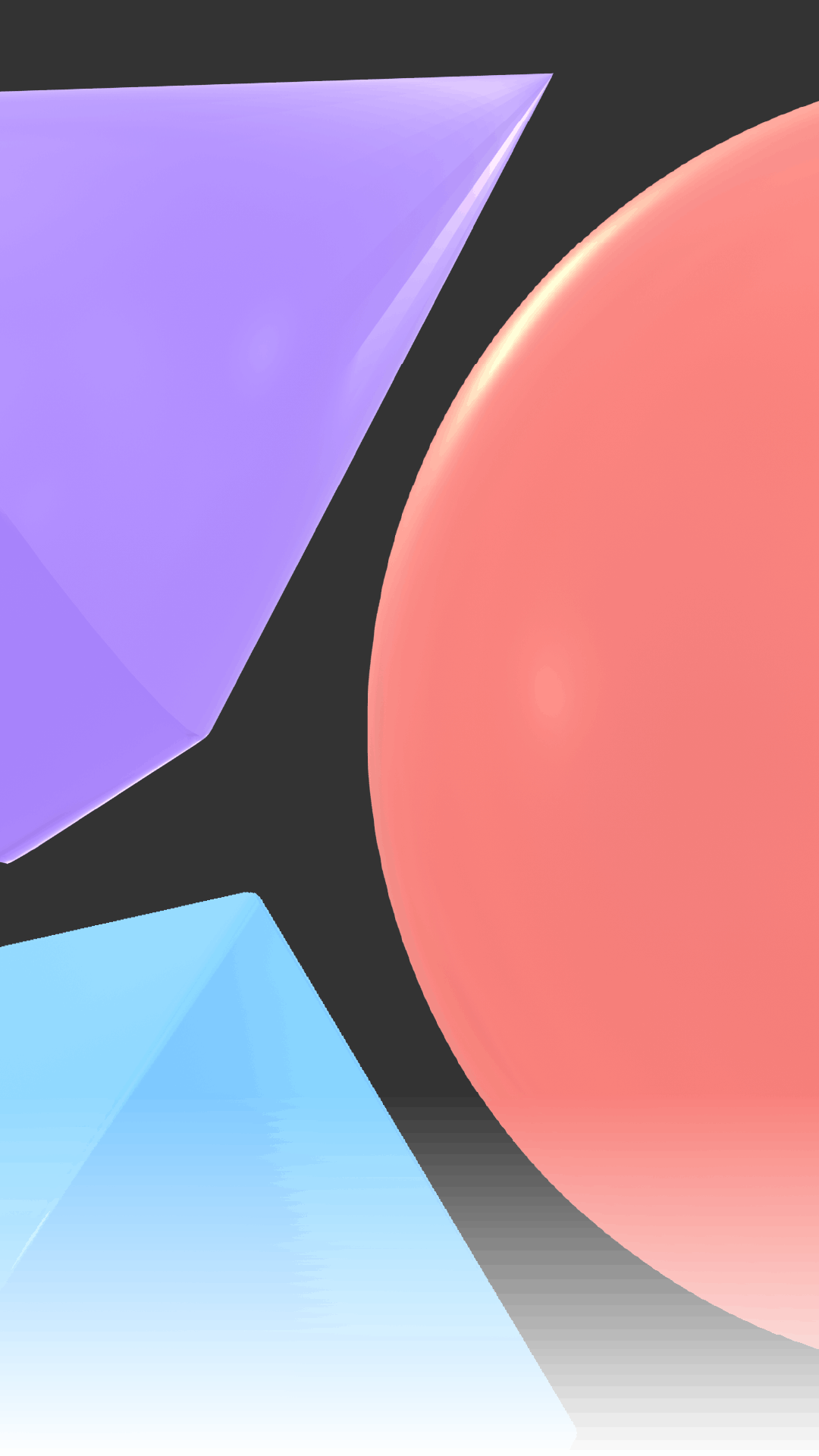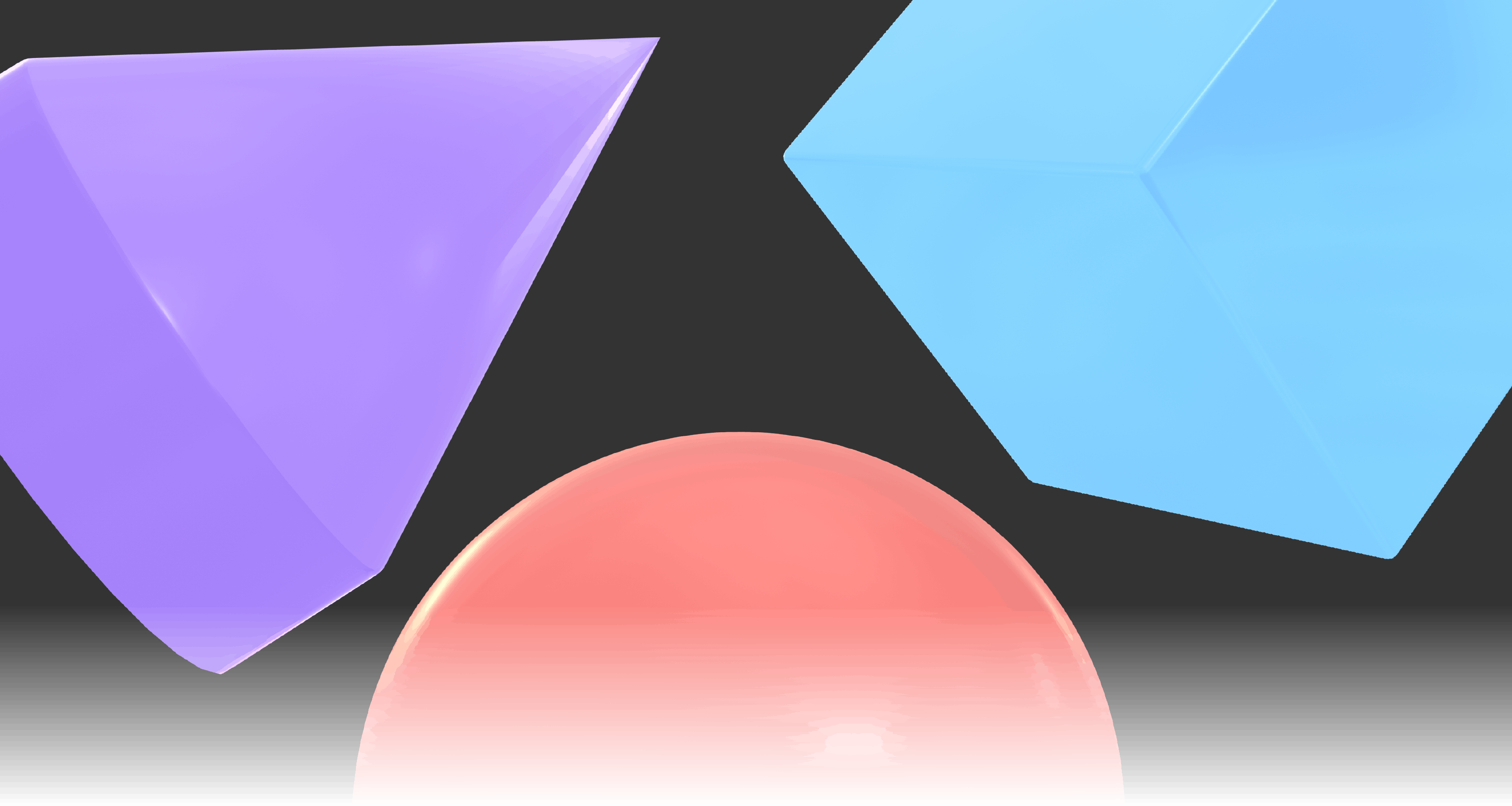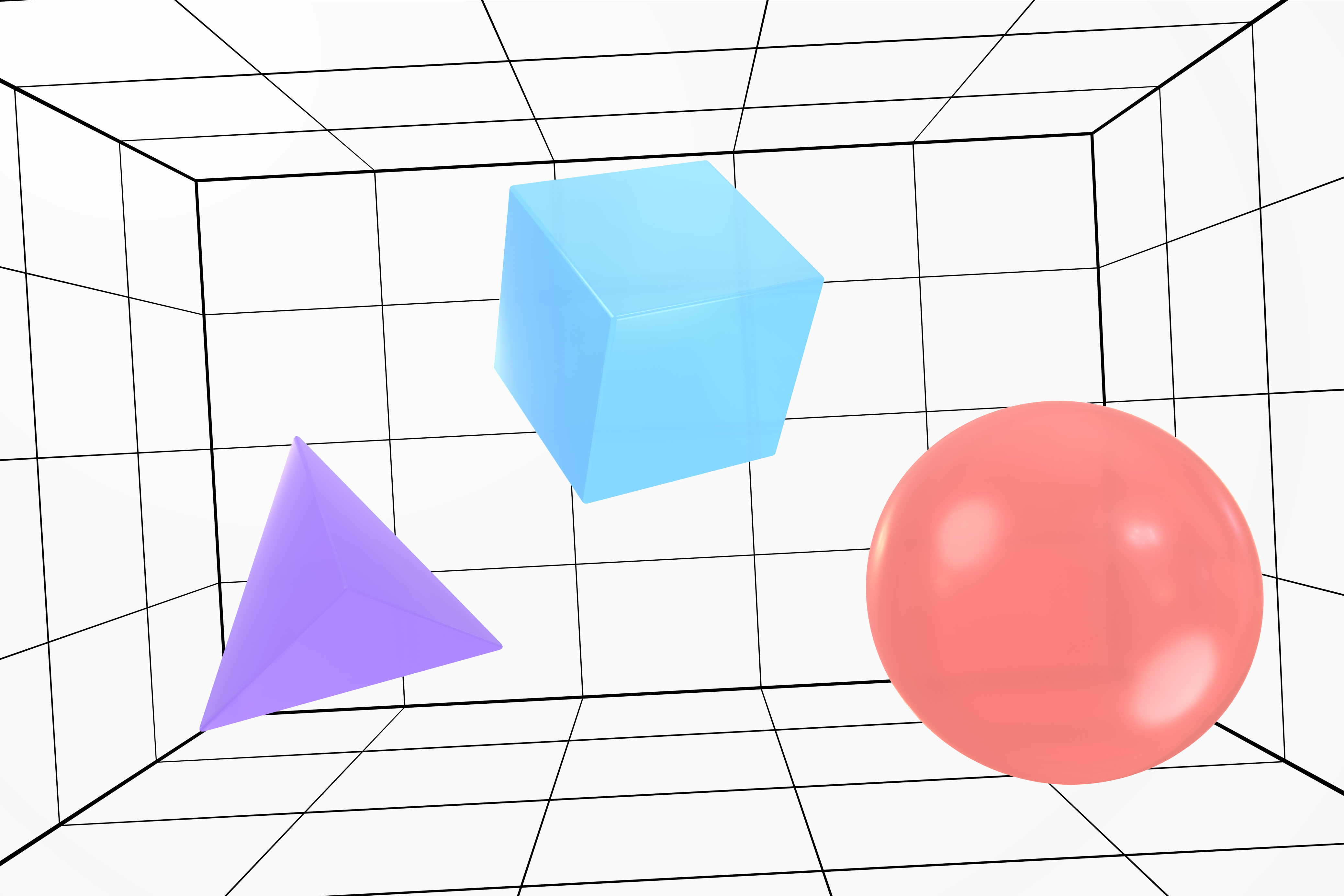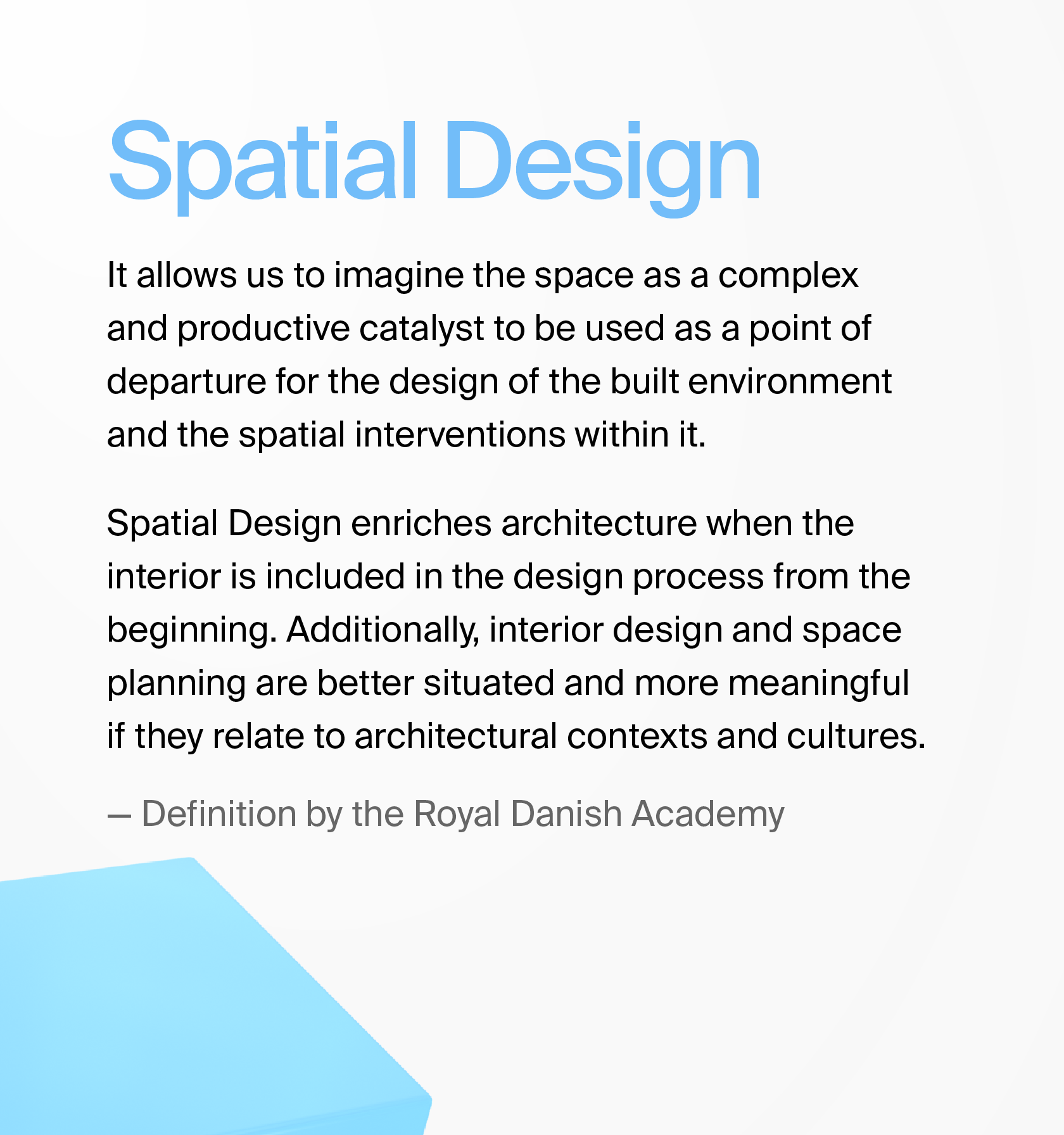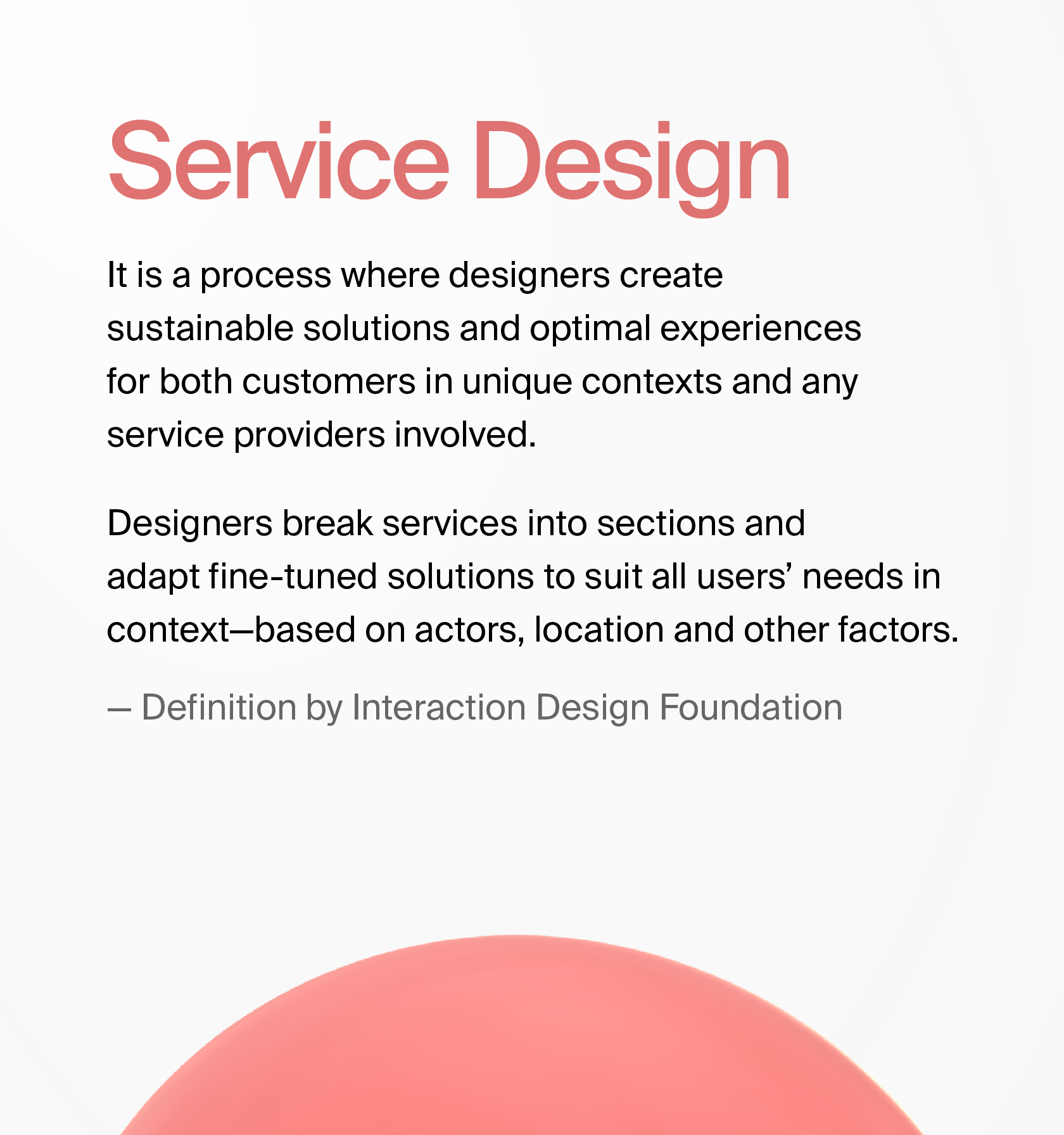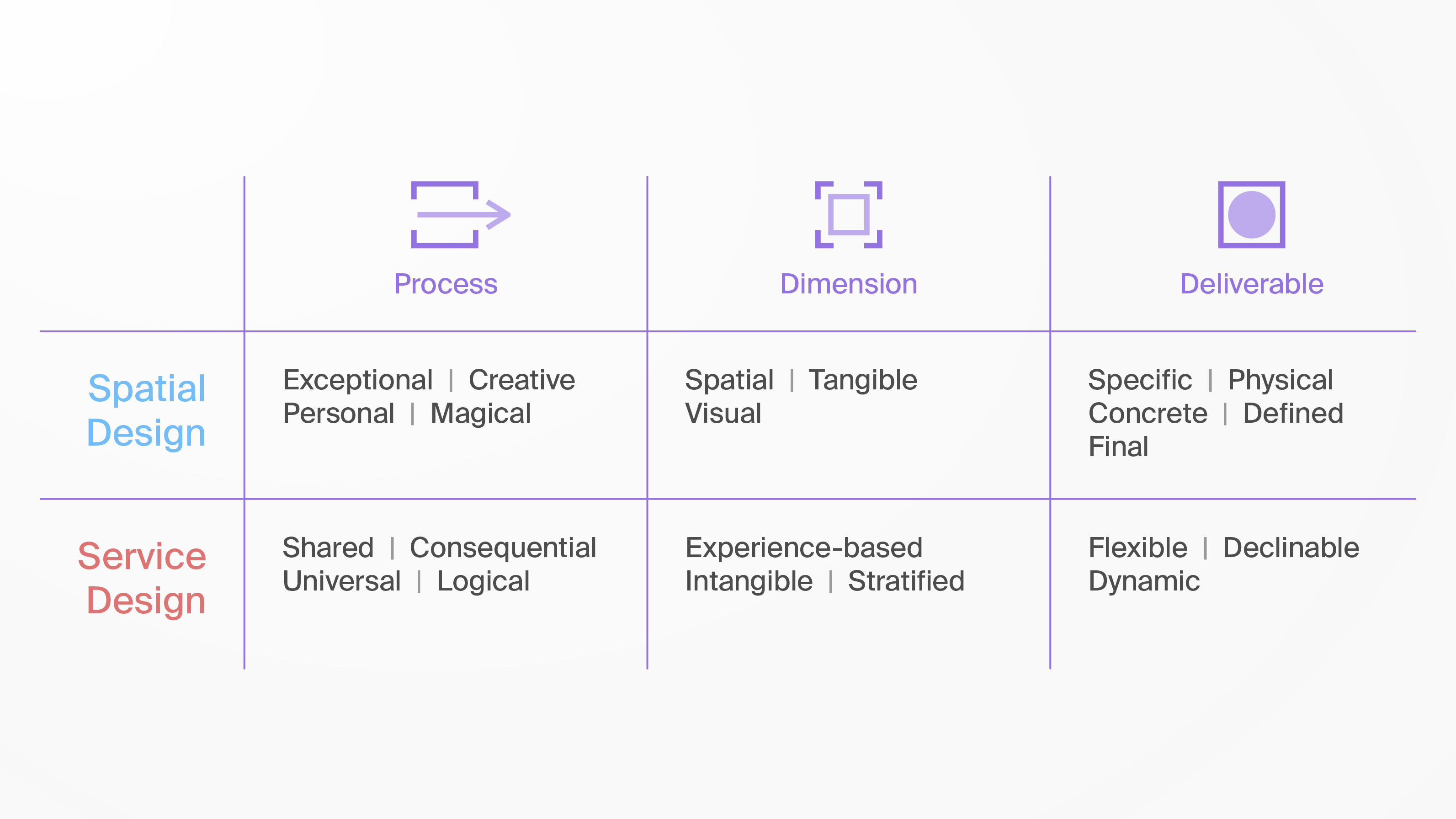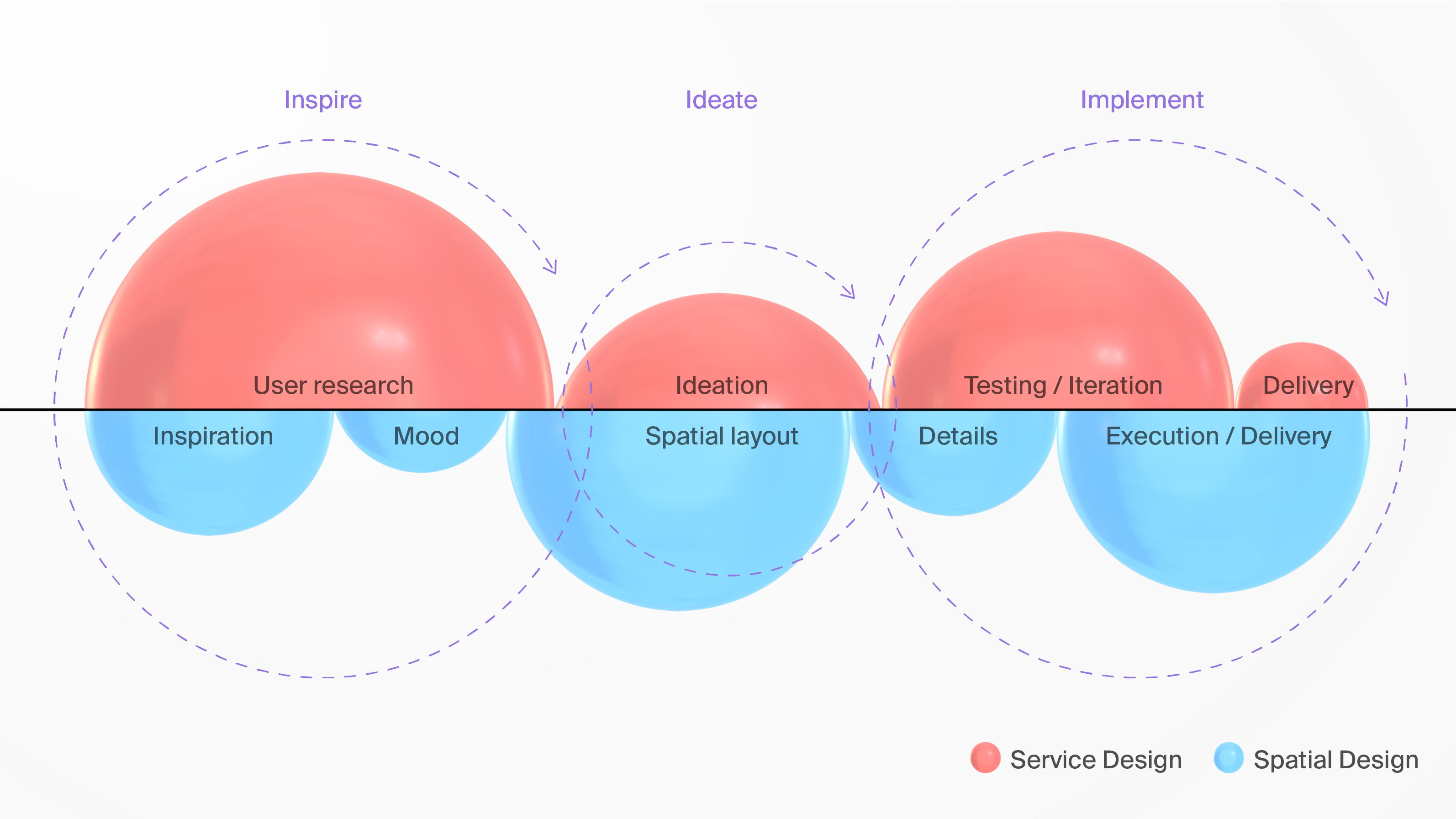The design of a brand’s physical spaces often fails to provide the best environment for the services offered. Customers and employees can feel frustrated because of the inability to live a good experience despite a beautiful location aligned with the brand’s identity.
As designers, sketchbooks, blueprints and renderings are some of the main tools we consider when contemplating physical spaces and places. Experiences-wise, we recall tools like user journeys, co-design activities and ecosystem mapping.
But what we aim at when considering the contextual design of space and services is something more. And it involves a good collaborative process that integrates aspects from both Spacial and Service Design to create the perfect ground for social and relational activities.
